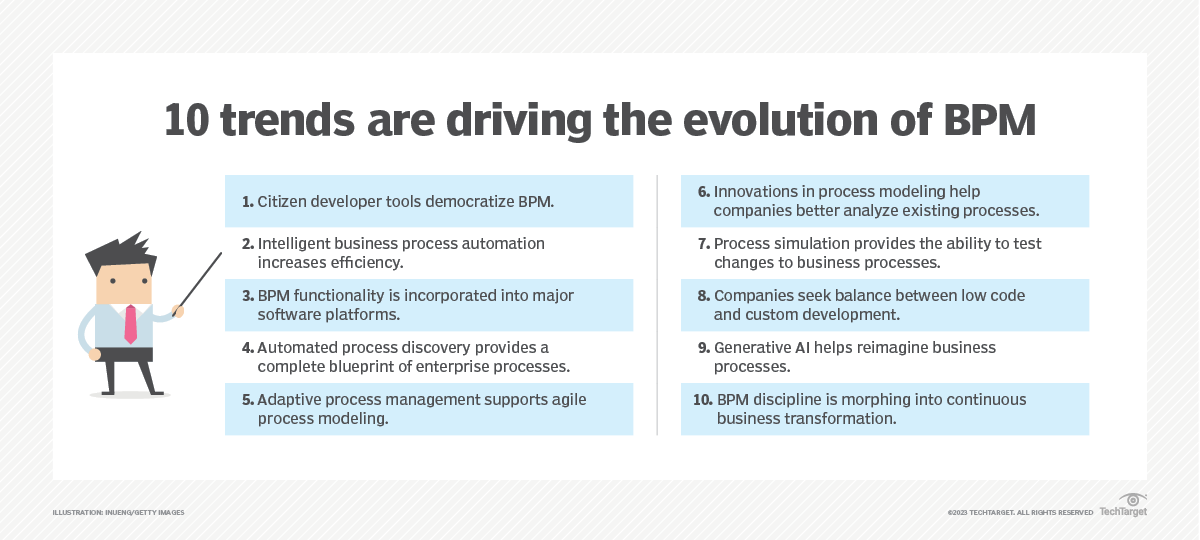
Back in September, I predicted that Covid-19 would spike throughout the winter but fade by April as it transitioned from a pandemic virus to an endemic one. As it turns out, I was mostly correct. Here in Washington State, we finally dropped the mask mandate that had been in place since October, and for the first time in more than six months, I and millions of others were able to go to the grocery store, the coffee shop, and family get-togethers without us all looking like refugees from a hospital procedural show.
The distinction between pandemic and endemic is important. Covid-19 is not going to go away. If you have not been vaccinated against it, if you’ve not had it and built up antibodies, you’re likely to be susceptible to the most severe expression of the disease. However, epidemiologists have noted that the Omicron variant differed from previous ones in that it was more comprehensive – there were more mutations on Omicron than there were on the Delta variant compared to the original Alpha, which is usually a sign that the virus is likely reaching an equilibrium state where it has managed to evolve into a form that will allow for the greatest replication while still keeping the host alive.
It is likely that, in a century or two, geneticists will be able to see clear markers in DNA (passed down through several generations) where Covid-19 essentially rewrote a significant portion of the human genome. We have other markers like that. Almost anyone of European descent, for instance, still carries markers from the Black Death in the 13th century, which wiped out a quarter of the population of Europe before the body adapted to it. This is what endemic means: humans have become just a little bit like Covid-19, and in adapting to it, we will likely express traits that we haven’t until now. Darwin was right, but so was Lynn Margolis, the pioneering biologist who realized that humans were very ambulatory collections of viruses when you got right down to it.
This transition brings with it a host of interesting implications. First, RTO – return to the office – will become a flashpoint. People have discovered that they are capable of working autonomously. This is more than just returning to the office. It is, for many, returning to what is seen in hindsight as micromanagement on steroids. Those close enough to retirement are making the transition, even with the threat of inflation in the background. This is probably a smart move. Absent the current Russian invasion of Ukraine, companies making record profits because they are raising the costs of their goods and services is increasingly being seen as a bad look, and already there is a resistance growing to what amounts to profiteering.
The power of social media (especially when augmented by hackers investigative journalists) makes companies especially vulnerable to exposure to these kinds of shenanigans, and as the economy gets back to an equilibrium, inflation will likely wane. However, the displacement of both Ukraine (which is a leading supplier of grains to both Europe and the Middle East) and Russia (oil, natural gas, beef, and other goods) from the world economy is going to have reverberations that will likely keep prices high for a while. It will also have the unintentional side effect of accelerating the transition from the internal combustion engine to electric vehicles. As has become abundantly clear, the threat of climate change is too abstract, no matter how existential it is, but putting nearly $100 into your gas tank for every fill-up becomes a compelling argument indeed.
The 2020s are shaping up to be all about systems, especially systems in transition. Systems are, in turn, made up of networks. Networks can prove to be very stable for long periods, so stable that you lose sight of the fact that they are, in fact, networks. However, when networks become unstable, they generate transients as energy (or information) seeks to find a new equilibrium. When such networks are themselves malleable (as our economy certainly is), this move towards transiting along an energy gradient often goes through various phase shifts, adapting their very shape in highly dynamic ways. If this sounds vaguely akin to Machine Learning, it is. The system – whether the body, the society, or the economy is adapting, is changing its shape in response to many, many different factors, and finding even a local minimum can be challenging as it does so.
Data engineers often get too engrossed in the facts and figures without recognizing that what they are observing is a complex, multidimensional fabric woven over time. Learning to think systemically is the hallmark of a good knowledge engineer or data scientist. It’s not just a matter of seeing the trends. It is a matter of understanding how the trends themselves are changing over time and how the system itself is evolving. It’s going to be an interesting decade.
In Media Res,
Kurt Cagle
Community Editor,
Data Science Central
To subscribe to the DSC Newsletter, go to Data Science Central and become a member today. It’s free!
Data Science Central Editorial Calendar
DSC is looking for editorial content specifically in these areas for April 2022, with these topics having higher priority than other incoming articles.
- Autonomous Drones
- Knowledge Graphs and Modeling
- Military AI
- Cloud and GPU
- Data Agility
- Metaverse and Shared Worlds
- Astronomical AI
- Intelligent User Interfaces
- Verifiable Credentials
- Automotive 3D Printing
DSC Featured Articles
- Automated Inventory Management System: An Ultimate Guide for 2022 and Beyond James Wilson on 29 Mar 2022
- What is the Difference Between Bounce Rate and Exit Rate? EdwardNick on 29 Mar 2022
- Five Major Benefits That Microsoft Power BI Brings To Data Scientists ImensoSoftware on 29 Mar 2022
- What’s Your Business Model Choice: Hammers or Casino? Bill Schmarzo on 28 Mar 2022
- Datacenter relocation is now easier, faster, and more affordable Karen Anthony on 28 Mar 2022
- The Evolution of Astronomical AI Stephanie Glen on 28 Mar 2022
- What to Do About the New AI Regulation? Andrey Koptelov on 28 Mar 2022
- How Automation and AI Are Changing Internet Marketing Rumzz Bajwa on 28 Mar 2022
- How Python Became THE Language for Data Science Sonia Mathias on 28 Mar 2022
- Three Critical Steps for Data-Driven Success Kerry Pearce on 28 Mar 2022
- Data Governance Tool: What To Look For? Indhu on 28 Mar 2022
- Top MDM-Enabled Data Security Hacks You Should Know About EdwardNick on 28 Mar 2022
- NERFs To Make 3D As Simple As Shooting a Video Kurt Cagle on 27 Mar 2022
- Agile, Agile 2 and Agility, Part I Howard M. Wiener on 27 Mar 2022
- Commercial Artificial Intelligence — The Future of BI Nikita Godse on 27 Mar 2022
- GitHub Co-Pilot Alternatives: Can They Match the Functionality of Co-Pilot? ajitjaokar on 27 Mar 2022
- Five Key Components of a Data Sharing Platform Lewis Wynne-Jones on 27 Mar 2022
- Smart Maintenance: How SaaS Frameworks Turn Insights Into Actions Quickly And Efficiently Eric Whitley on 27 Mar 2022
- Toll-free number: What is it, and how can you get one for your business? Aileen Scott on 27 Mar 2022
- Top Strategies and Best Practices for Big Data Testing Ryan Williamson on 27 Mar 2022
- Business Analytics from Application Logs and Database using Splunk Roopesh Uniyal on 24 Mar 2022
- DSC Weekly Newsletter 22 March 2022: The Shape of Data Kurt Cagle on 23 Mar 2022
- Avoid RegTech myopia with a data-centric approach Alan Morrison on 23 Mar 2022
- The long game: Feedback loops and desiloed systems by design (Part II of II) Alan Morrison on 23 Mar 2022
- How Metadata Improves Security, Quality, and Transparency Lewis Wynne-Jones on 22 Mar 2022
Picture of the Week


